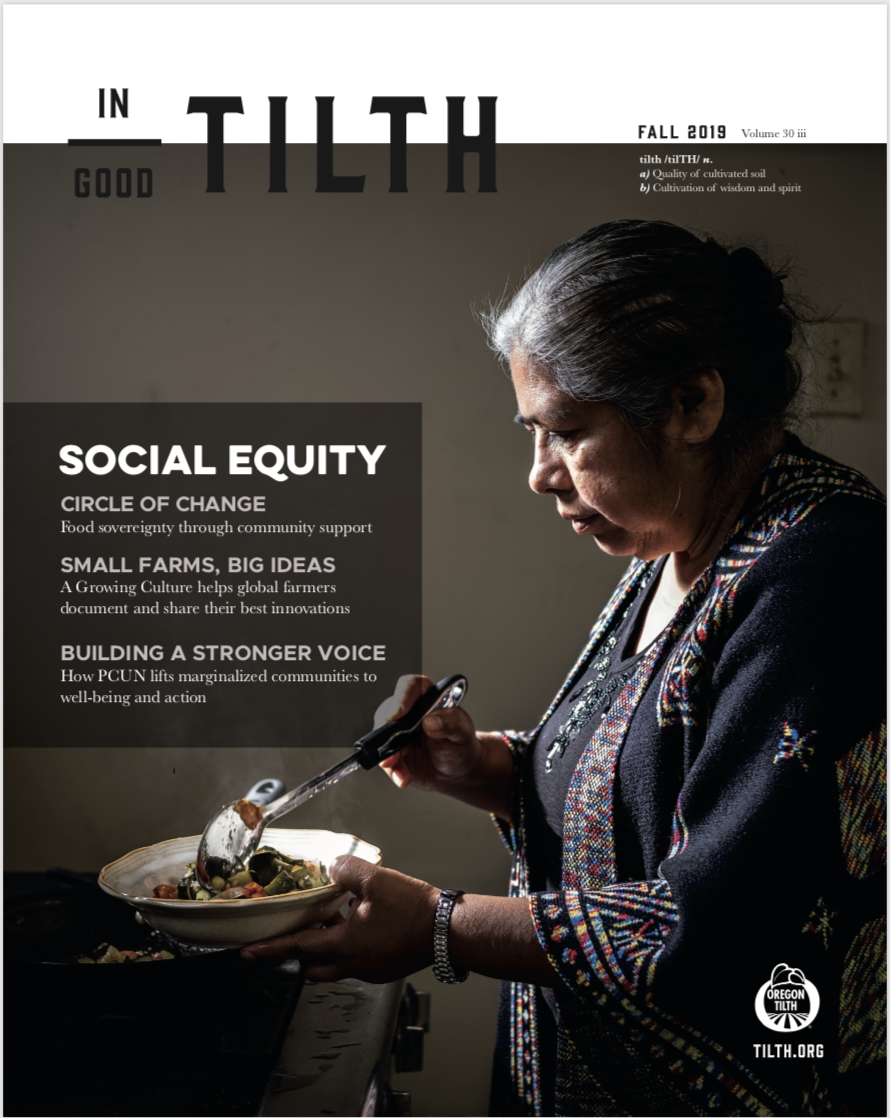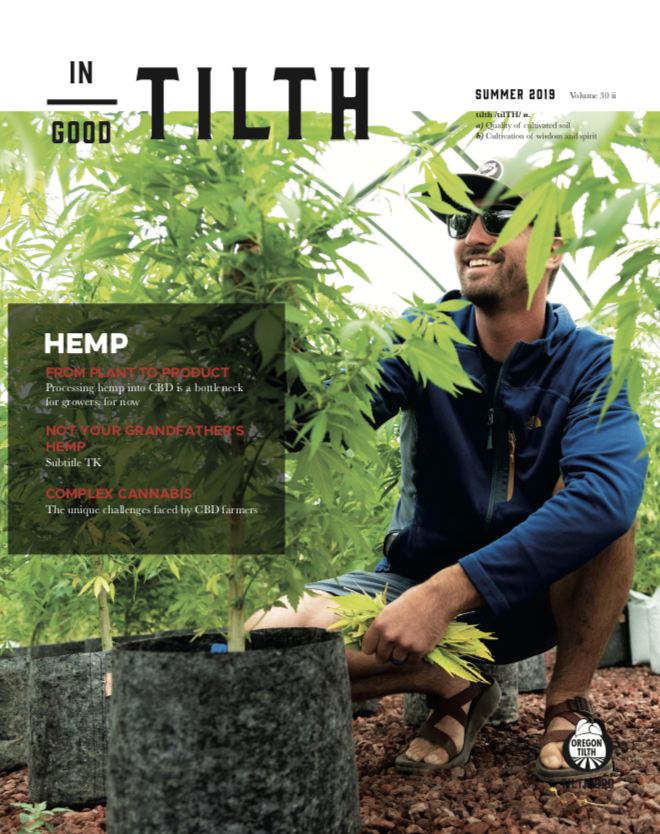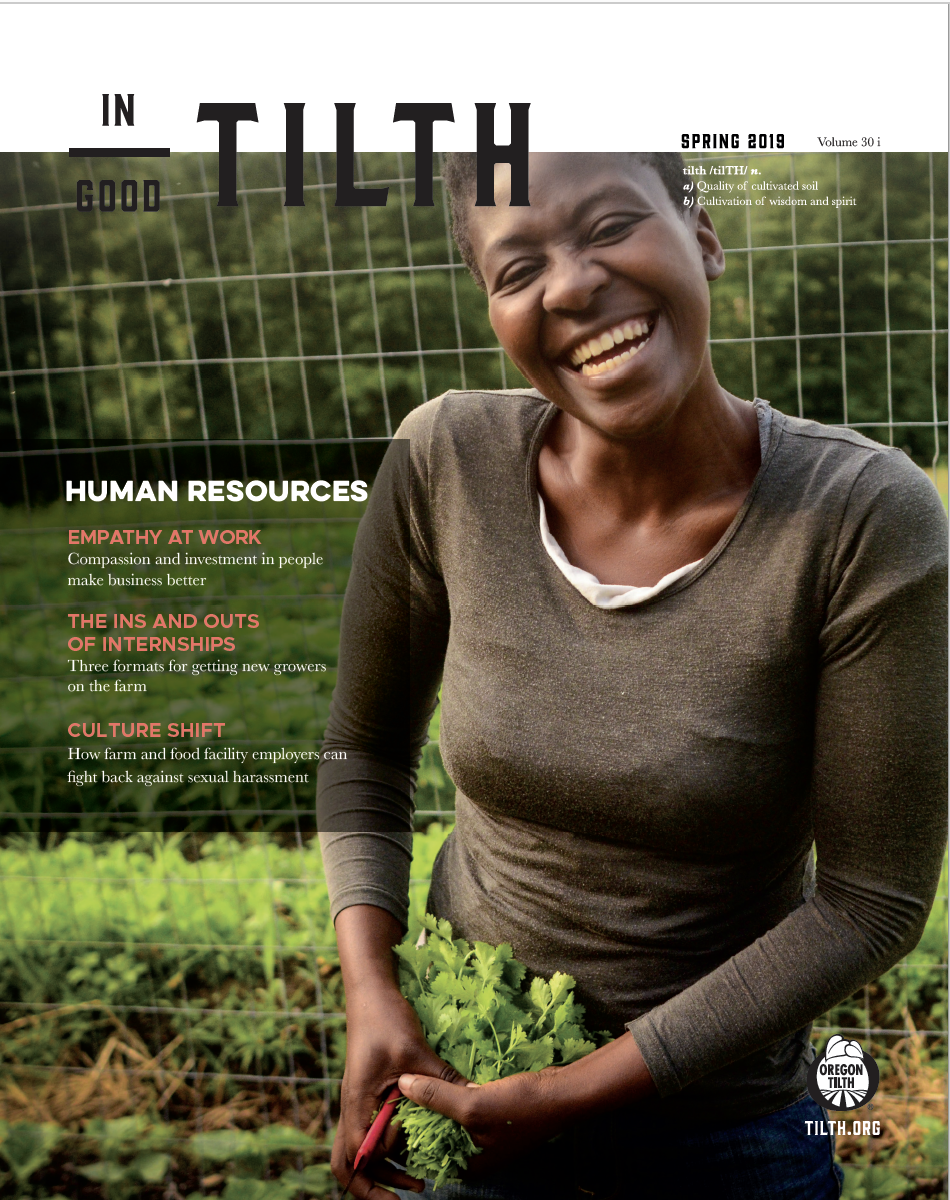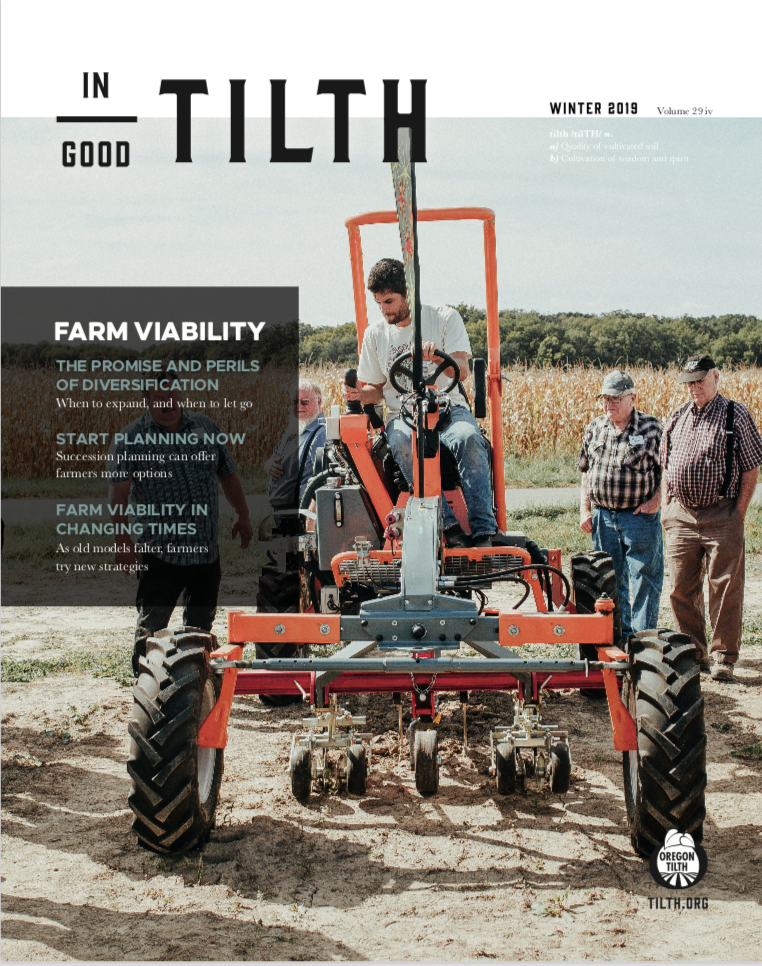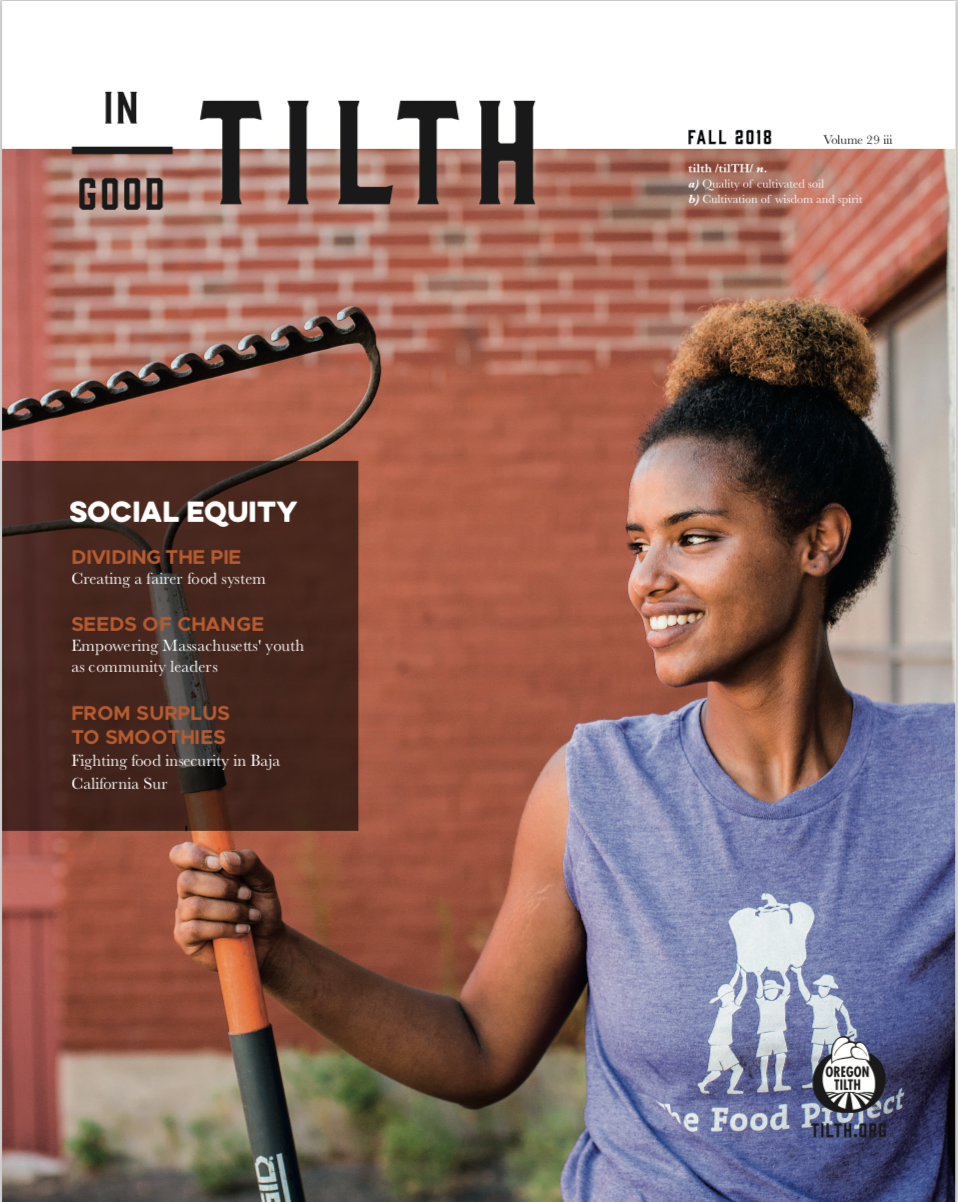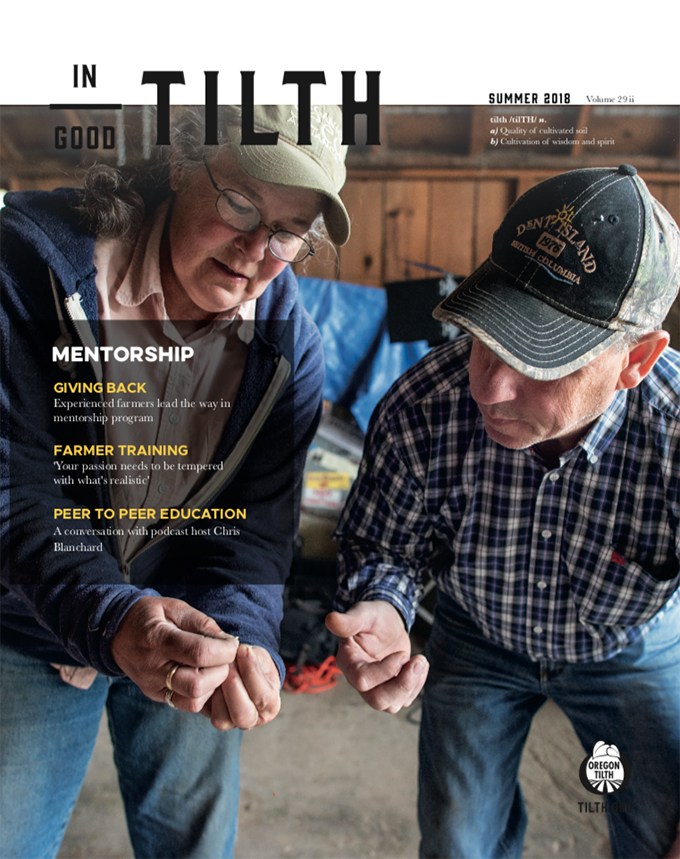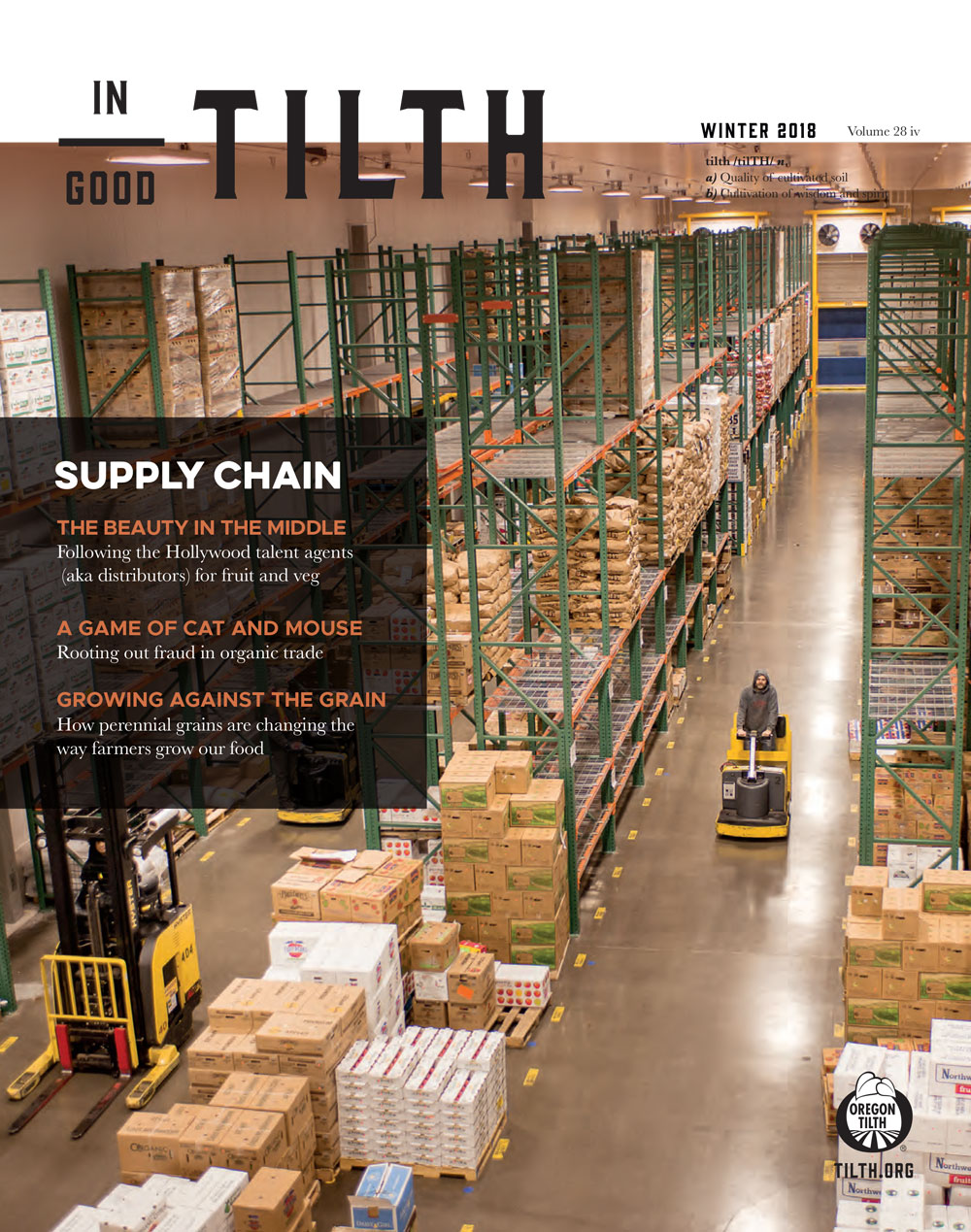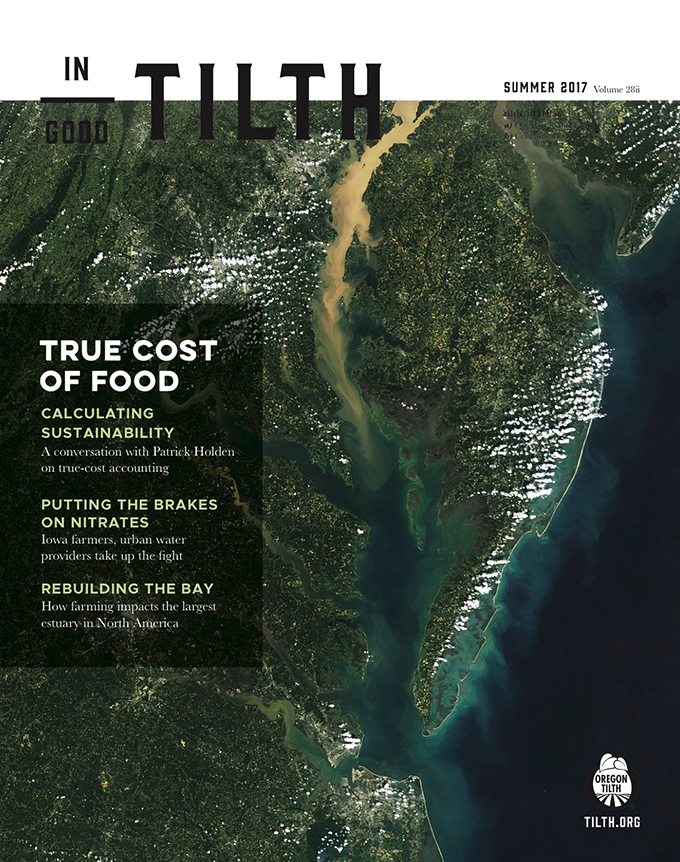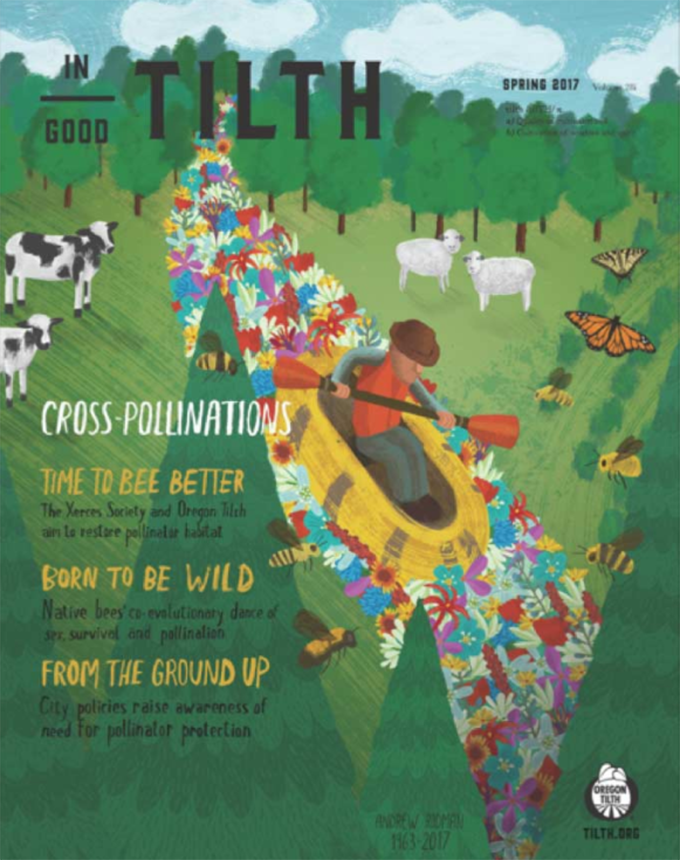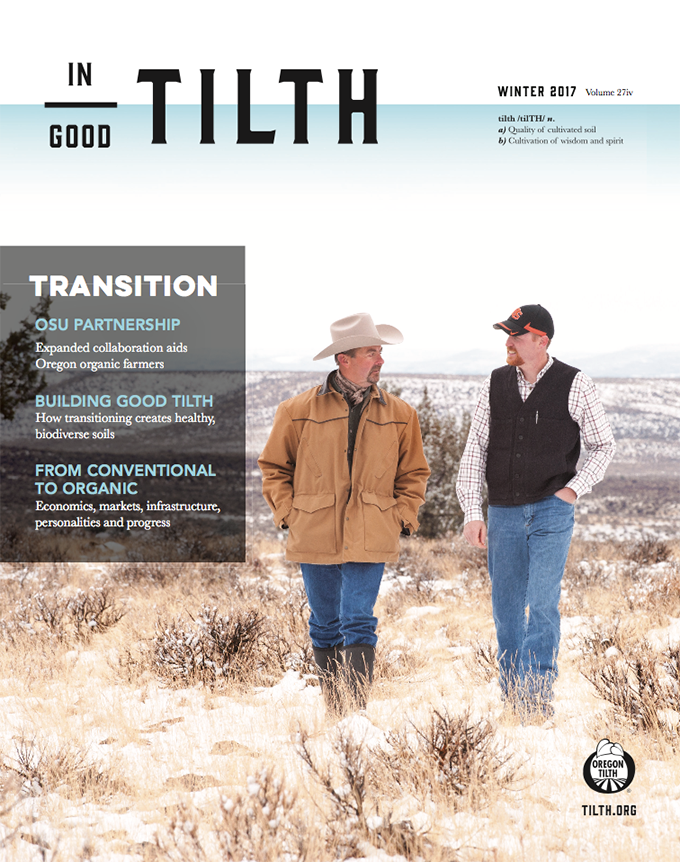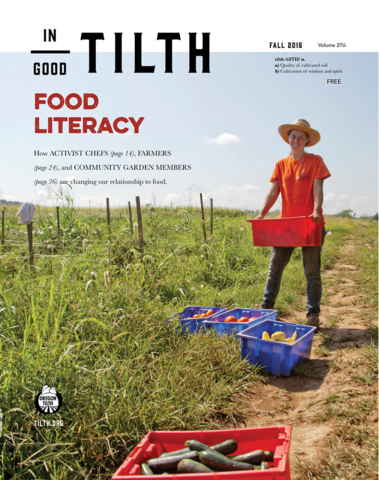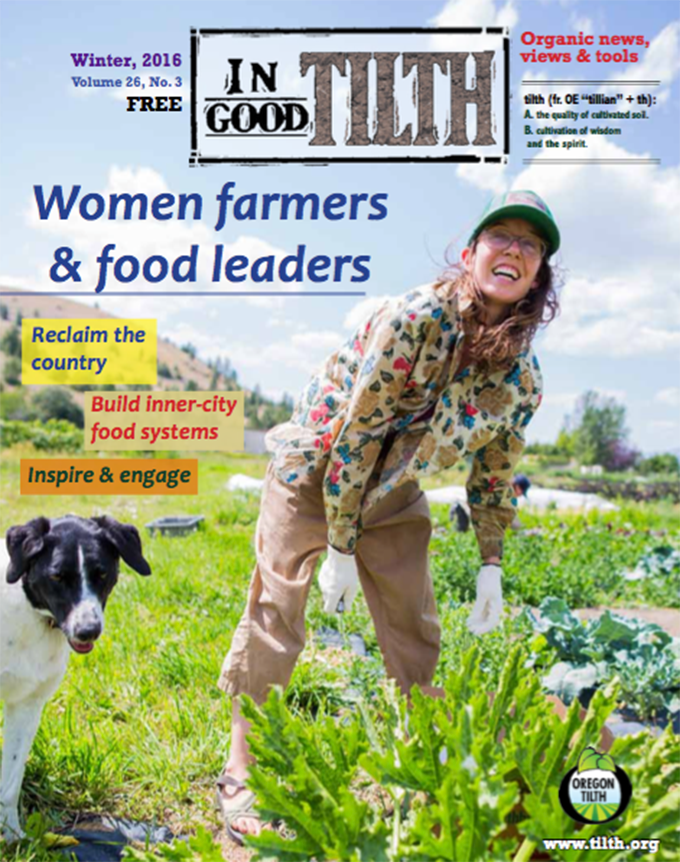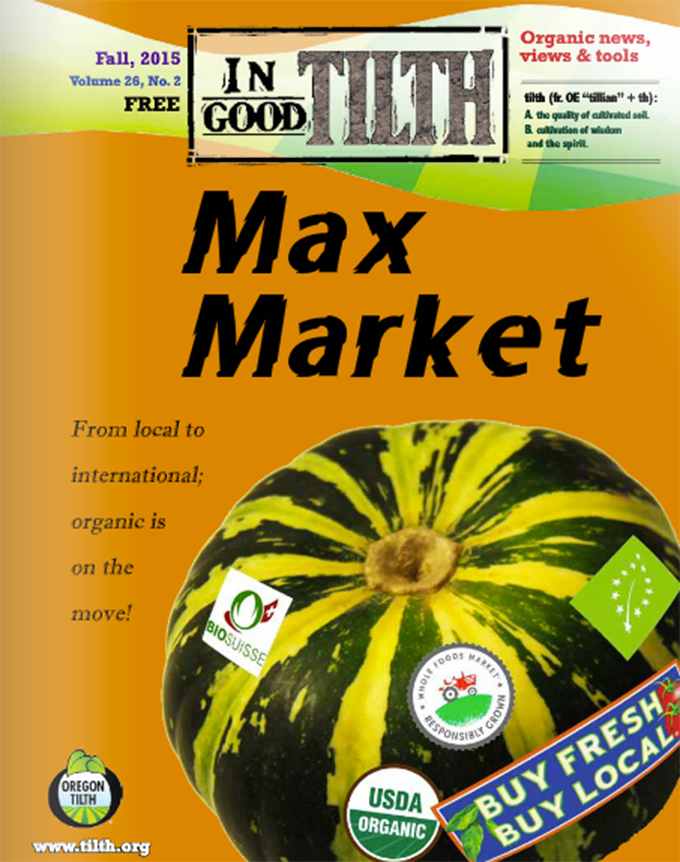Farmers face an uphill climb in building financially viable and stable businesses. Land, equipment and labor are all expensive, while food is cheap. Getting started, or scaling up, means placing big bets on up-front expenditures like land and equipment. Business plans can be hard to solidify when the harvest is as unpredictable as demand. The terms of loans and leases, as well as regulatory paperwork, can leave young farmers drowning in a sea of fine print.
The support small farms get can make the difference between survival and demise. Institutions and nonprofits are moving in to help farmers build viable and resilient farms, as the philanthropic community has begun to appreciate the importance of small and midsize farms to the food system, the environment and rural communities. These nonprofits are trying out a range of strategies to support farmers, from help with accessing affordable, quality land to business planning and consulting services.
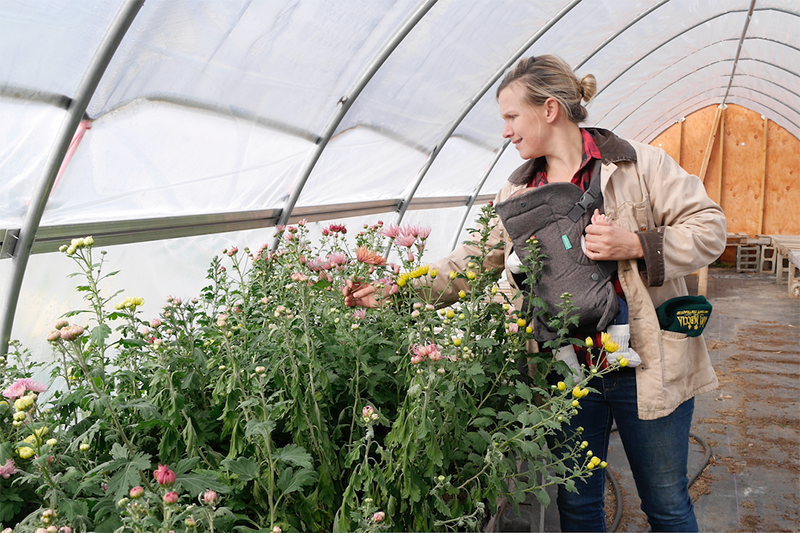
Coaching for a viable future
“Most small farmers don’t start because they have a solid business idea,” said Narendra Varma, a farmer and co-founder of the cooperative Our Table in Sherwood, Oregon. “They start them because of passion — they want the farm, they want to grow food, they have a connection to it. I’ve never met a young farmer who went into it because a business plan was good.”
Once farmers get started, though, they find themselves comparing terms of different loans, working out sales contracts, managing employees, and deciding which inputs are necessary and in what quantity. These business decisions can be complicated, and navigating them well is imperative to building and maintaining a viable business. That’s why the Northeast-based nonprofit The Carrot Project is dedicated to helping farmers through loans, business training and consulting.
“Viability is based upon the goals of the business, but the most important element of it is economic viability,” said Dorothy Suput, founder and executive director of The Carrot Project. “Economic viability makes other goals possible, whether that’s sustainable production practices or living wages for themselves and their employees, the ability ultimately for them to maintain their farmland tenureship, produce healthful food….it takes thoughtful planning and strategic decision-making to be viable in this economy that we live in.”
A large element of The Carrot Project’s work involves consulting small farmers through the process of writing a business plan. While Varma is cagey about the realism of business plans given the volatile prices farmers must endure, he sees the benefit.
“A business plan is outdated as soon as it’s finished, but the exercise of writing a business plan is really useful,” said Varma. “It gets somebody who’s never had a good head for business to sit down, and it gets them to think about aspects of the business that they might have been ignoring.”
The farmers who work with The Carrot Project have been largely successful, growing their profits and graduating from small, short-term leases on land.
“Many of the farmers that we started working with 10 years ago now own part of their land and lease other portions of the landbase they use for production,” said Suput. “What we’re seeing in those graduates is that many of them are in a position to buy a farm, and trying to figure out how they’re going to do that given expensive land prices.” While this growth is welcome, acquiring new land is no easy task.
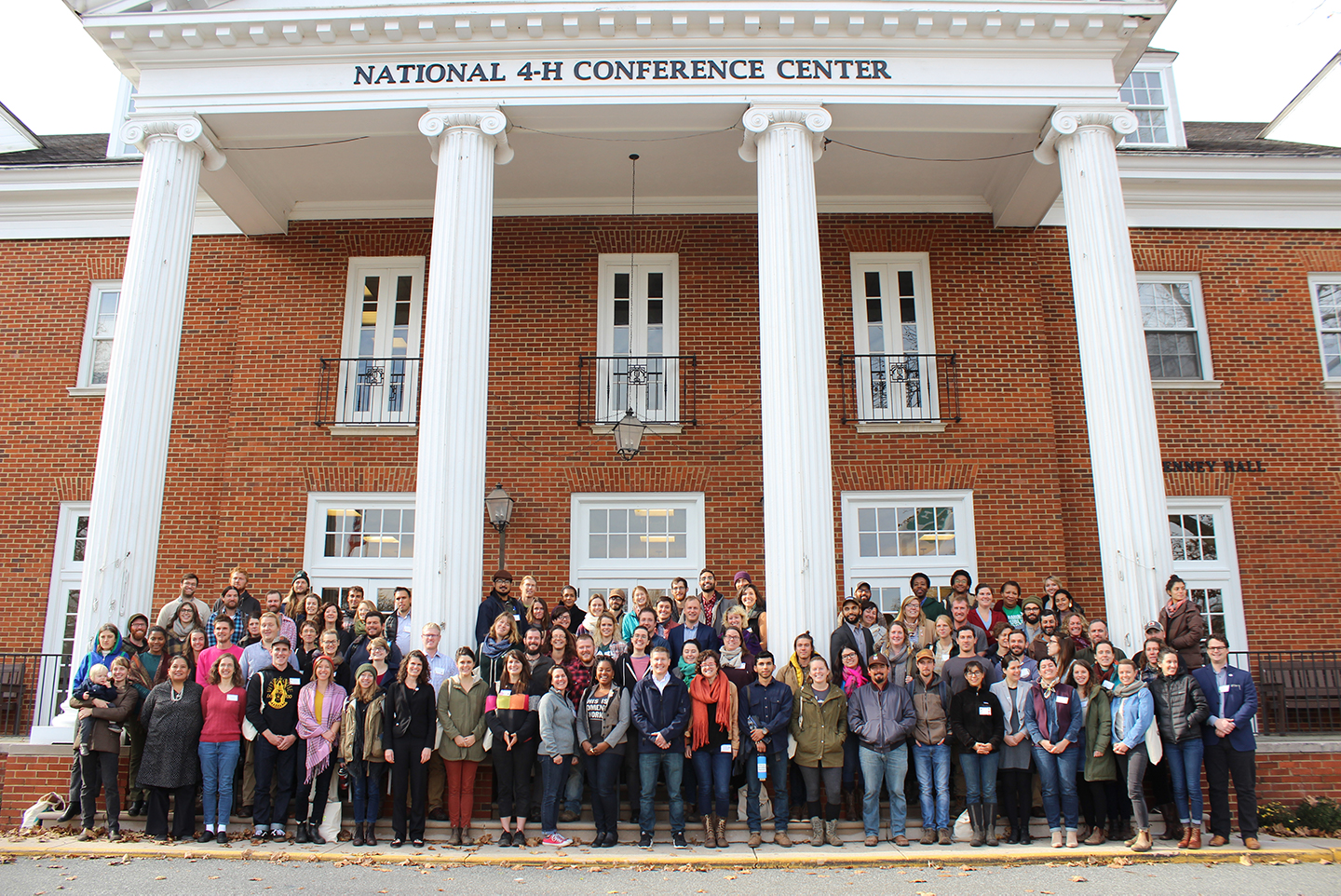
Land of opportunity?
Of all the obstacles farmers face in getting their businesses off the ground, perhaps the most vexing is access to land.
“Land access is the number one challenge that farmers are facing in this country,” said Holly Rippon-Butler, land access program director at the National Young Farmers Coalition. “It’s not just a problem for current farmers but is the primary reason farmers are quitting, and the key barrier for farmers getting started.”
Fundamentally, buying land is out of reach for many farmers, and leasing arrangements leave them with too little stability to make the investments they need to thrive. Furthermore, land is not just some commodity that farmers buy as a business expense. Land is highly personal, and affects all aspects of a farmer’s life.
“It’s not just a tool for your job; it’s where you’re going to live and raise your family,” said Rippon-Butler. “So you’re going to want to be close to schools, other families, a desirable community. You’re choosing where you’re going to build your life and career at the same time. It’s not just a resource issue.”
To get around the crushing up-front costs of land, many farmers start out or scale up by leasing from non-farming landowners, who will often lease at affordable rates because of the tax benefits and land stewardship that farmers can provide. However, these arrangements can undercut farmers in the long-term.
“In our current real estate environment and the way we’ve set up property laws, the most straightforward way is for farmers to have ownership of their land,” said Rippon-Butler. “That allows them to set up a life there, invest in infrastructure that might take 30 years to pay off, or a soil amendment that might take 10 years — things that they maybe can’t do on a lease. There are so many stories of farmers we hear who are in lease situations who end up having to move their farms multiple times over a few years, or who get to a point with their business, where they realize — if I’m really going to grow this to a scale where it could be a career, I need to build employee housing, and I need to invest in new storage facility for my vegetables.”
However, good land near markets is quite expensive and is being steadily bid up by wealthy non-farmers who can pay many times its agricultural value. The initial cost of a downpayment and monthly drag of a mortgage can drain the finances of a small farmer quickly.
“Finding land that is affordable on a farming income: this is the key challenge we see farmers facing,” said Rippon-Butler. “In this country, our farmland is not being valued for its agricultural value. Farmland is being purchased as an investment by investors both domestic and foreign. It’s being purchased as a second home property. It’s being purchased for development — a whole lot of things other than food production.”
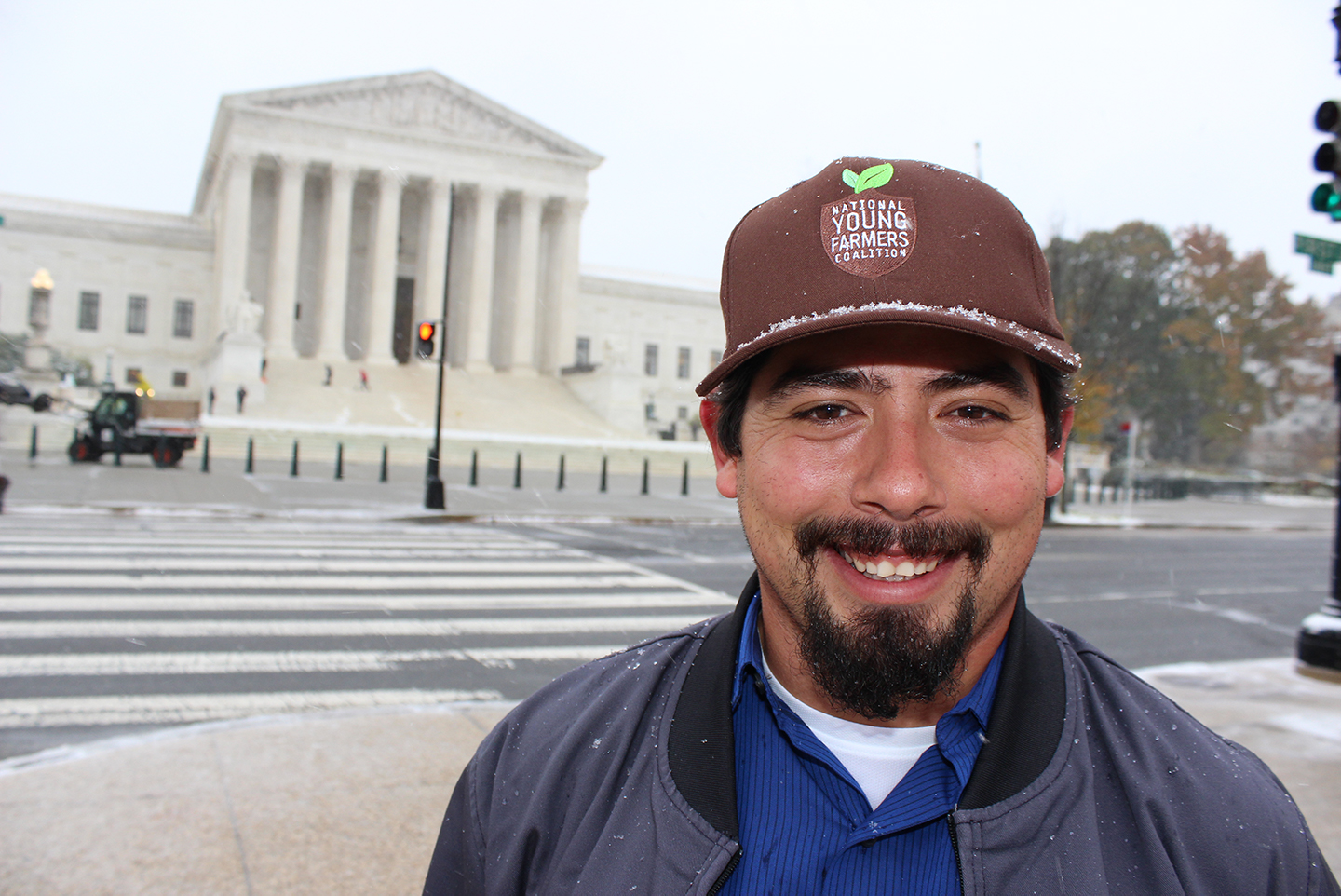
Finding solutions
To address the seemingly intractable gap between what land costs and what farmers can afford, nonprofits, governments and even for-profit enterprises are testing out different structures of land ownership. These programs — including lease-to-own arrangements, farm incubators and ground leases, as well as conservation easements and “buy-protect-sell” programs run by land trusts — all serve farmers with different specific needs. Farm incubators give beginning farmers the resources and land they need to get started without breaking the bank, but do not offer long-term tenureship. Ground leases do provide long-term tenureship (typically 99 years), which gives farmers the security to know that an investment in the soil or infrastructure has a long-enough horizon to be worth it, but do not provide equity in the land, which farmers may need to retire.
A key tool in making land affordable is the conservation easement, a versatile legal instrument in which the development rights to land are purchased to protect the land and reduce its cost. Easements have different levels of rigidity, with some merely preventing development, while others contain affirmative language requiring that the land be farmed, or even that an active farmer own the land. They can be purchased from active farmers in the middle of their careers to help infuse cash, or implemented when farmers sell their land, as part of a “buy-protect-sell” program, to help keep that land from being lost in transition.
The money to back these programs comes from a variety of pots. Federal programs, as well as some states and municipalities, have money available for easements; the recently passed 2018 Farm Bill increased funding for easements from $250 million to $450 million. Increasingly, though, the money for land protection is coming from philanthropists, foundations and nonprofits.
The nonprofit sector is stepping in to help farmers achieve viability in a variety of ways, from business consulting to land tenureship. The National Young Farmers Coalition is less than a decade old, and The Carrot Project is just over 10 years old. Philanthropists, along with the culture as a whole, are starting to notice the importance of viable, thriving farms for the food system, the environment and the health of rural communities.
Small to midsize farms are a tremendous asset to a community. They keep open, beautiful landscapes well-maintained while providing fresh, healthy, local food. They can keep young families in small, rural communities that are otherwise losing population. Many young farmers get into the business to pursue admirable goals — building a strong local food economy, growing healthful food, restoring soil and water, and practicing sustainable agriculture. But to achieve any of those long-term goals, small farmers must keep their businesses economically viable, and for that, they’ll need all the help they can get.


